Report: Quantitative Analysis of COVID-19 Impact on Hospitality Sector
VerifiedAdded on 2023/06/13
|21
|2661
|457
Report
AI Summary
This report investigates the impact of the COVID-19 pandemic on the hospitality sector, focusing on the restrictions in 2021 and their effects on industry performance and employment. It includes an analysis of the business research problem, a literature review covering relevant concepts and theories, and data sourced from the Office for National Statistics (ONS). The report presents a quantitative analysis of the dataset using various tools and techniques, along with data visualizations and key findings. The analysis covers multiple datasets related to turnover, customer spending, contractor payments, employee hours, and business confidence, revealing significant declines and subsequent recovery efforts within the hospitality industry. The report concludes that the hospitality sector was severely affected by the COVID-19 pandemic, making it a critical area for business research and strategic planning.
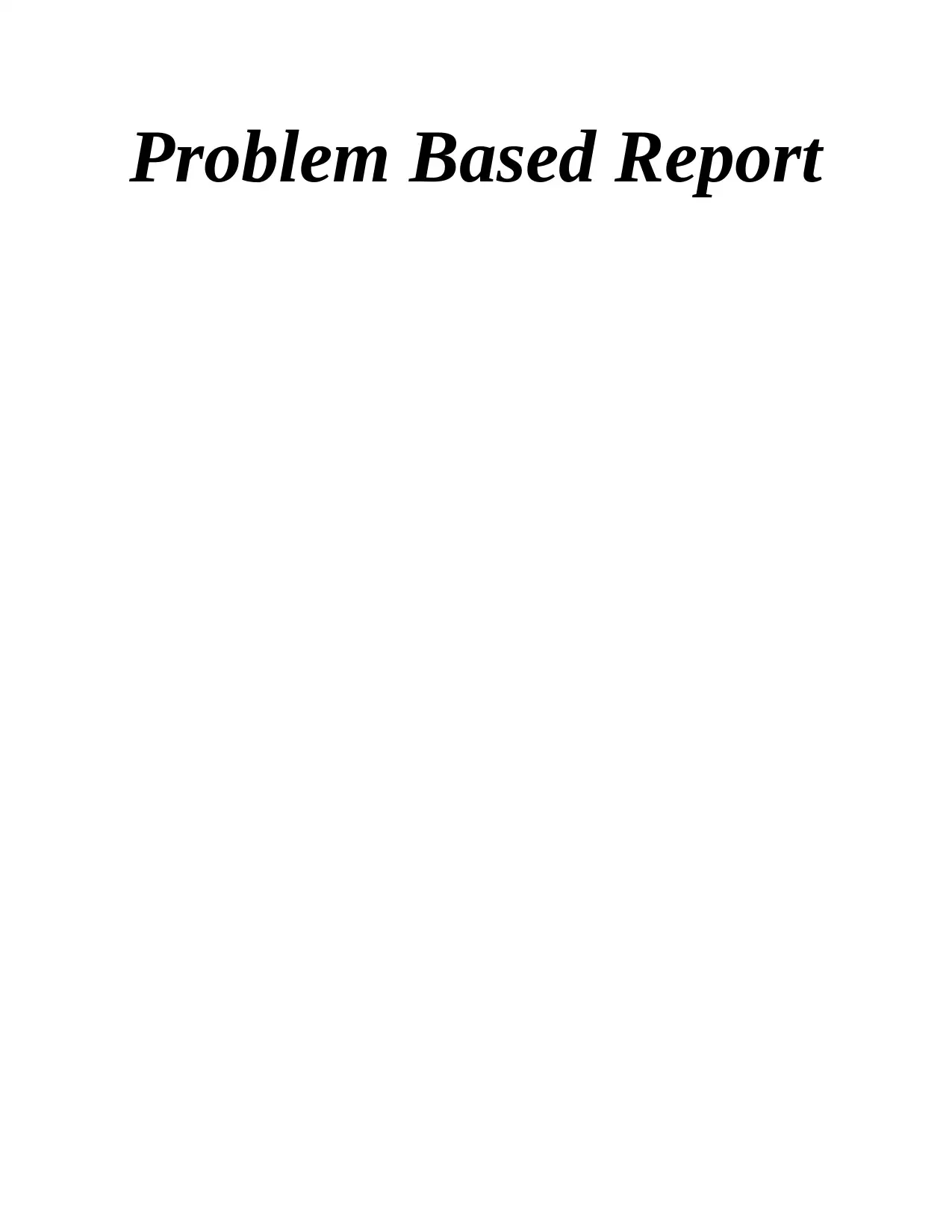
Problem Based Report
Paraphrase This Document
Need a fresh take? Get an instant paraphrase of this document with our AI Paraphraser
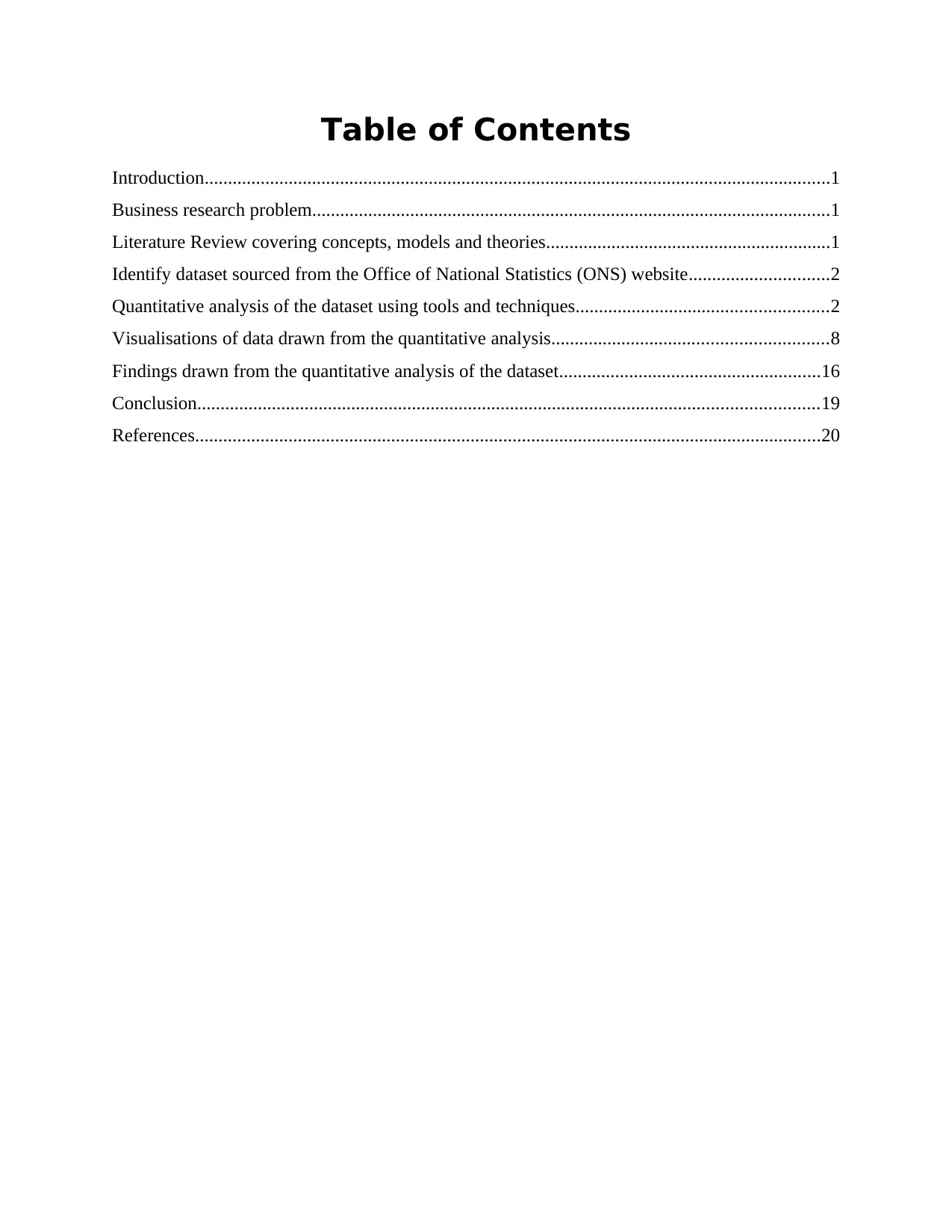
Table of Contents
Introduction......................................................................................................................................1
Business research problem...............................................................................................................1
Literature Review covering concepts, models and theories.............................................................1
Identify dataset sourced from the Office of National Statistics (ONS) website..............................2
Quantitative analysis of the dataset using tools and techniques......................................................2
Visualisations of data drawn from the quantitative analysis...........................................................8
Findings drawn from the quantitative analysis of the dataset........................................................16
Conclusion.....................................................................................................................................19
References......................................................................................................................................20
Introduction......................................................................................................................................1
Business research problem...............................................................................................................1
Literature Review covering concepts, models and theories.............................................................1
Identify dataset sourced from the Office of National Statistics (ONS) website..............................2
Quantitative analysis of the dataset using tools and techniques......................................................2
Visualisations of data drawn from the quantitative analysis...........................................................8
Findings drawn from the quantitative analysis of the dataset........................................................16
Conclusion.....................................................................................................................................19
References......................................................................................................................................20
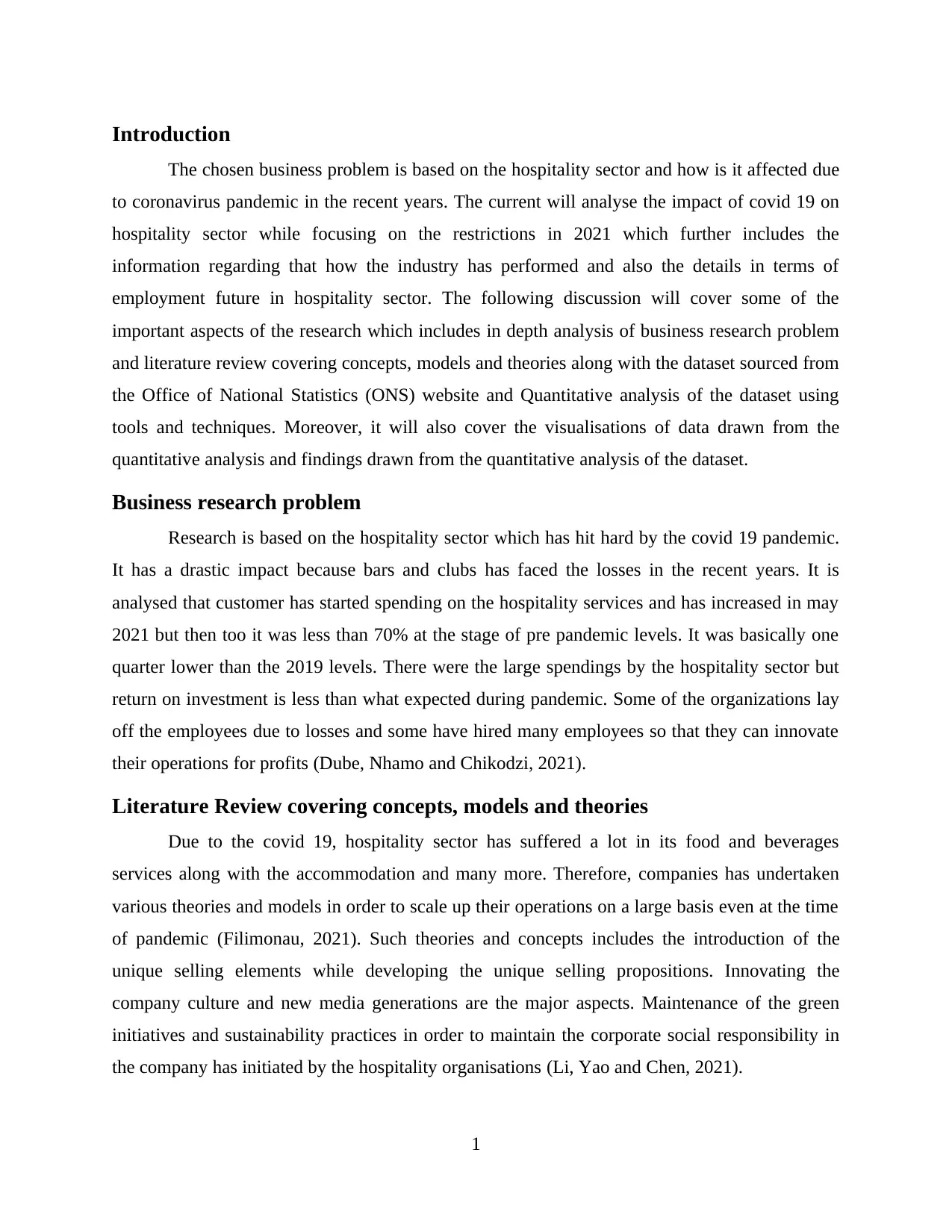
Introduction
The chosen business problem is based on the hospitality sector and how is it affected due
to coronavirus pandemic in the recent years. The current will analyse the impact of covid 19 on
hospitality sector while focusing on the restrictions in 2021 which further includes the
information regarding that how the industry has performed and also the details in terms of
employment future in hospitality sector. The following discussion will cover some of the
important aspects of the research which includes in depth analysis of business research problem
and literature review covering concepts, models and theories along with the dataset sourced from
the Office of National Statistics (ONS) website and Quantitative analysis of the dataset using
tools and techniques. Moreover, it will also cover the visualisations of data drawn from the
quantitative analysis and findings drawn from the quantitative analysis of the dataset.
Business research problem
Research is based on the hospitality sector which has hit hard by the covid 19 pandemic.
It has a drastic impact because bars and clubs has faced the losses in the recent years. It is
analysed that customer has started spending on the hospitality services and has increased in may
2021 but then too it was less than 70% at the stage of pre pandemic levels. It was basically one
quarter lower than the 2019 levels. There were the large spendings by the hospitality sector but
return on investment is less than what expected during pandemic. Some of the organizations lay
off the employees due to losses and some have hired many employees so that they can innovate
their operations for profits (Dube, Nhamo and Chikodzi, 2021).
Literature Review covering concepts, models and theories
Due to the covid 19, hospitality sector has suffered a lot in its food and beverages
services along with the accommodation and many more. Therefore, companies has undertaken
various theories and models in order to scale up their operations on a large basis even at the time
of pandemic (Filimonau, 2021). Such theories and concepts includes the introduction of the
unique selling elements while developing the unique selling propositions. Innovating the
company culture and new media generations are the major aspects. Maintenance of the green
initiatives and sustainability practices in order to maintain the corporate social responsibility in
the company has initiated by the hospitality organisations (Li, Yao and Chen, 2021).
1
The chosen business problem is based on the hospitality sector and how is it affected due
to coronavirus pandemic in the recent years. The current will analyse the impact of covid 19 on
hospitality sector while focusing on the restrictions in 2021 which further includes the
information regarding that how the industry has performed and also the details in terms of
employment future in hospitality sector. The following discussion will cover some of the
important aspects of the research which includes in depth analysis of business research problem
and literature review covering concepts, models and theories along with the dataset sourced from
the Office of National Statistics (ONS) website and Quantitative analysis of the dataset using
tools and techniques. Moreover, it will also cover the visualisations of data drawn from the
quantitative analysis and findings drawn from the quantitative analysis of the dataset.
Business research problem
Research is based on the hospitality sector which has hit hard by the covid 19 pandemic.
It has a drastic impact because bars and clubs has faced the losses in the recent years. It is
analysed that customer has started spending on the hospitality services and has increased in may
2021 but then too it was less than 70% at the stage of pre pandemic levels. It was basically one
quarter lower than the 2019 levels. There were the large spendings by the hospitality sector but
return on investment is less than what expected during pandemic. Some of the organizations lay
off the employees due to losses and some have hired many employees so that they can innovate
their operations for profits (Dube, Nhamo and Chikodzi, 2021).
Literature Review covering concepts, models and theories
Due to the covid 19, hospitality sector has suffered a lot in its food and beverages
services along with the accommodation and many more. Therefore, companies has undertaken
various theories and models in order to scale up their operations on a large basis even at the time
of pandemic (Filimonau, 2021). Such theories and concepts includes the introduction of the
unique selling elements while developing the unique selling propositions. Innovating the
company culture and new media generations are the major aspects. Maintenance of the green
initiatives and sustainability practices in order to maintain the corporate social responsibility in
the company has initiated by the hospitality organisations (Li, Yao and Chen, 2021).
1
⊘ This is a preview!⊘
Do you want full access?
Subscribe today to unlock all pages.

Trusted by 1+ million students worldwide
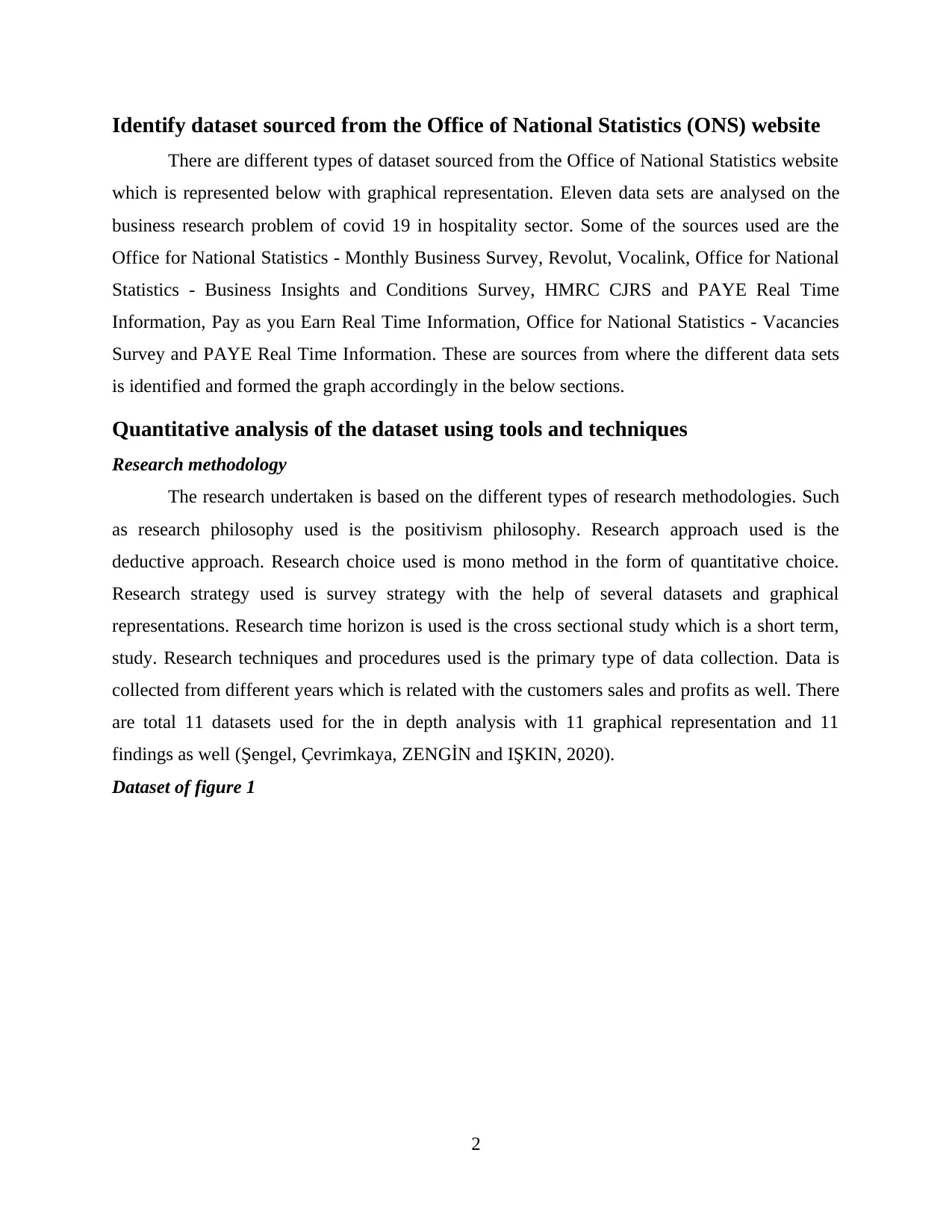
Identify dataset sourced from the Office of National Statistics (ONS) website
There are different types of dataset sourced from the Office of National Statistics website
which is represented below with graphical representation. Eleven data sets are analysed on the
business research problem of covid 19 in hospitality sector. Some of the sources used are the
Office for National Statistics - Monthly Business Survey, Revolut, Vocalink, Office for National
Statistics - Business Insights and Conditions Survey, HMRC CJRS and PAYE Real Time
Information, Pay as you Earn Real Time Information, Office for National Statistics - Vacancies
Survey and PAYE Real Time Information. These are sources from where the different data sets
is identified and formed the graph accordingly in the below sections.
Quantitative analysis of the dataset using tools and techniques
Research methodology
The research undertaken is based on the different types of research methodologies. Such
as research philosophy used is the positivism philosophy. Research approach used is the
deductive approach. Research choice used is mono method in the form of quantitative choice.
Research strategy used is survey strategy with the help of several datasets and graphical
representations. Research time horizon is used is the cross sectional study which is a short term,
study. Research techniques and procedures used is the primary type of data collection. Data is
collected from different years which is related with the customers sales and profits as well. There
are total 11 datasets used for the in depth analysis with 11 graphical representation and 11
findings as well (Şengel, Çevrimkaya, ZENGİN and IŞKIN, 2020).
Dataset of figure 1
2
There are different types of dataset sourced from the Office of National Statistics website
which is represented below with graphical representation. Eleven data sets are analysed on the
business research problem of covid 19 in hospitality sector. Some of the sources used are the
Office for National Statistics - Monthly Business Survey, Revolut, Vocalink, Office for National
Statistics - Business Insights and Conditions Survey, HMRC CJRS and PAYE Real Time
Information, Pay as you Earn Real Time Information, Office for National Statistics - Vacancies
Survey and PAYE Real Time Information. These are sources from where the different data sets
is identified and formed the graph accordingly in the below sections.
Quantitative analysis of the dataset using tools and techniques
Research methodology
The research undertaken is based on the different types of research methodologies. Such
as research philosophy used is the positivism philosophy. Research approach used is the
deductive approach. Research choice used is mono method in the form of quantitative choice.
Research strategy used is survey strategy with the help of several datasets and graphical
representations. Research time horizon is used is the cross sectional study which is a short term,
study. Research techniques and procedures used is the primary type of data collection. Data is
collected from different years which is related with the customers sales and profits as well. There
are total 11 datasets used for the in depth analysis with 11 graphical representation and 11
findings as well (Şengel, Çevrimkaya, ZENGİN and IŞKIN, 2020).
Dataset of figure 1
2
Paraphrase This Document
Need a fresh take? Get an instant paraphrase of this document with our AI Paraphraser
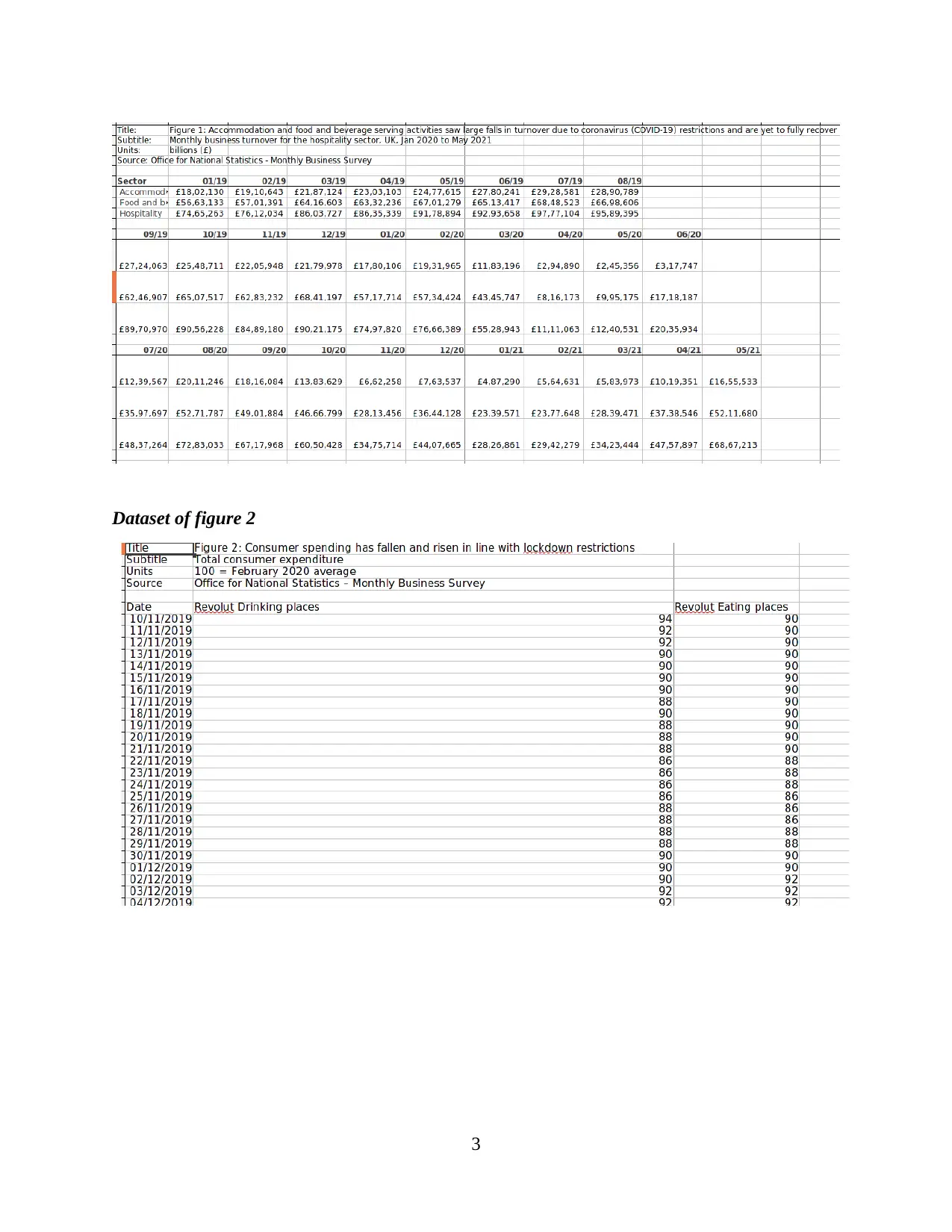
Dataset of figure 2
3
3
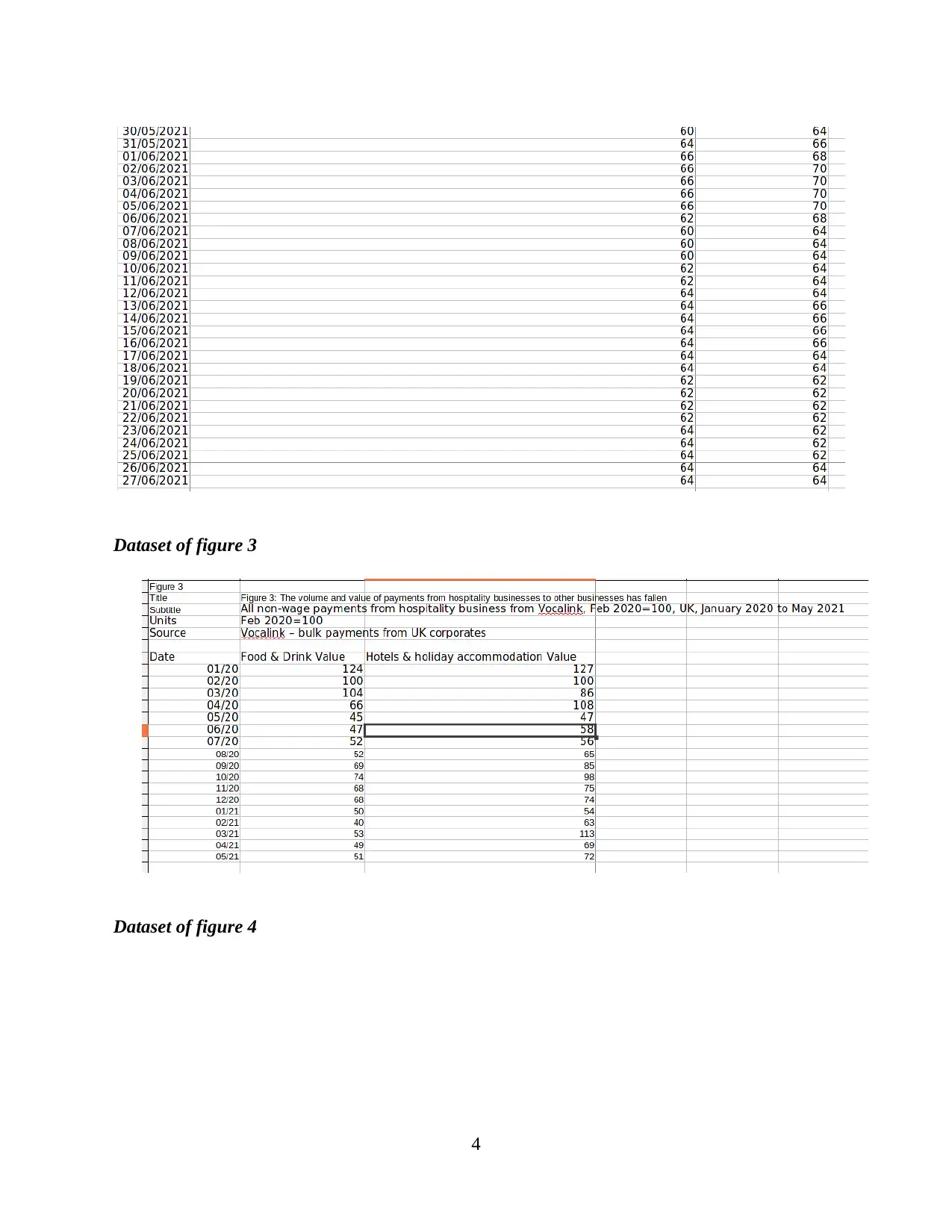
Dataset of figure 3
Dataset of figure 4
4
Dataset of figure 4
4
⊘ This is a preview!⊘
Do you want full access?
Subscribe today to unlock all pages.

Trusted by 1+ million students worldwide
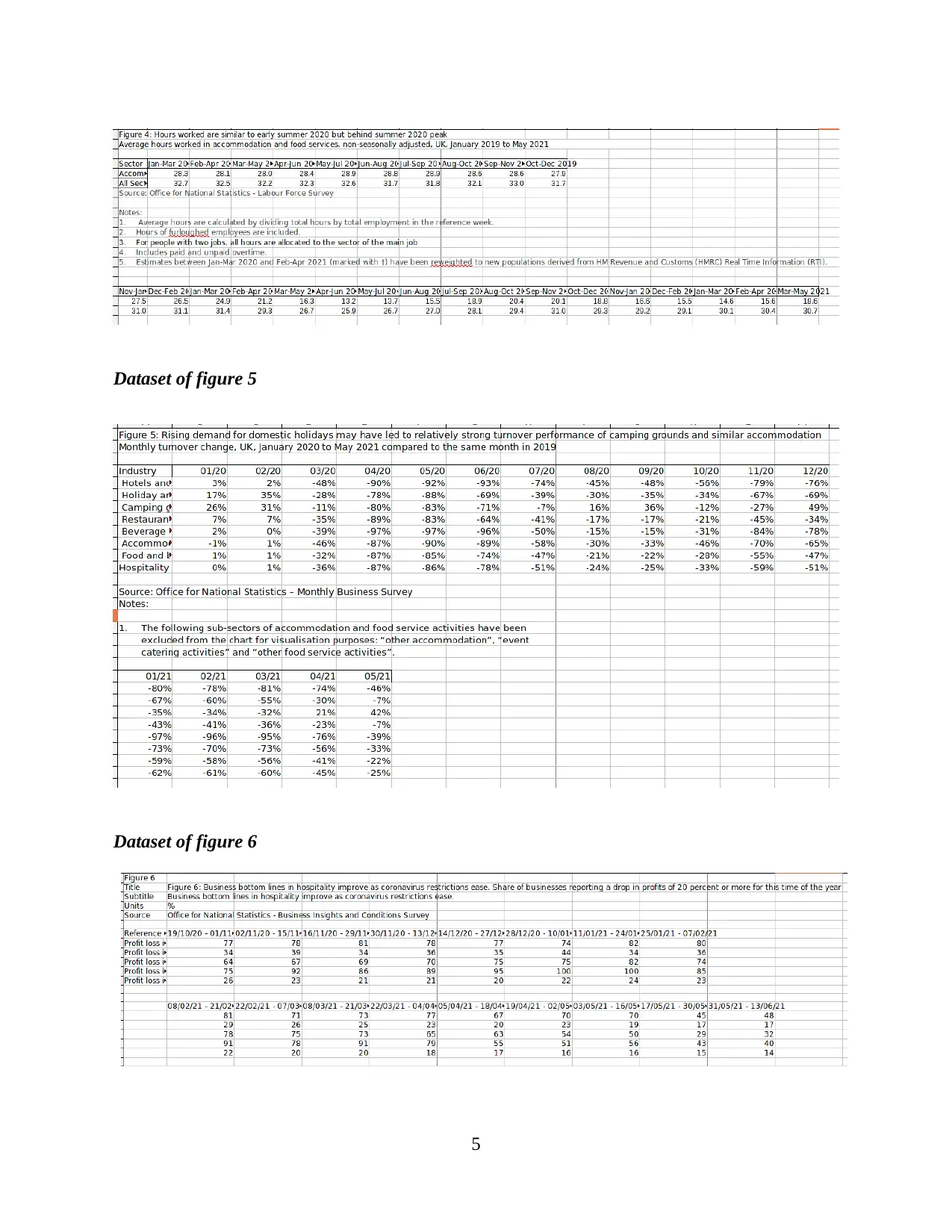
Dataset of figure 5
Dataset of figure 6
5
Dataset of figure 6
5
Paraphrase This Document
Need a fresh take? Get an instant paraphrase of this document with our AI Paraphraser
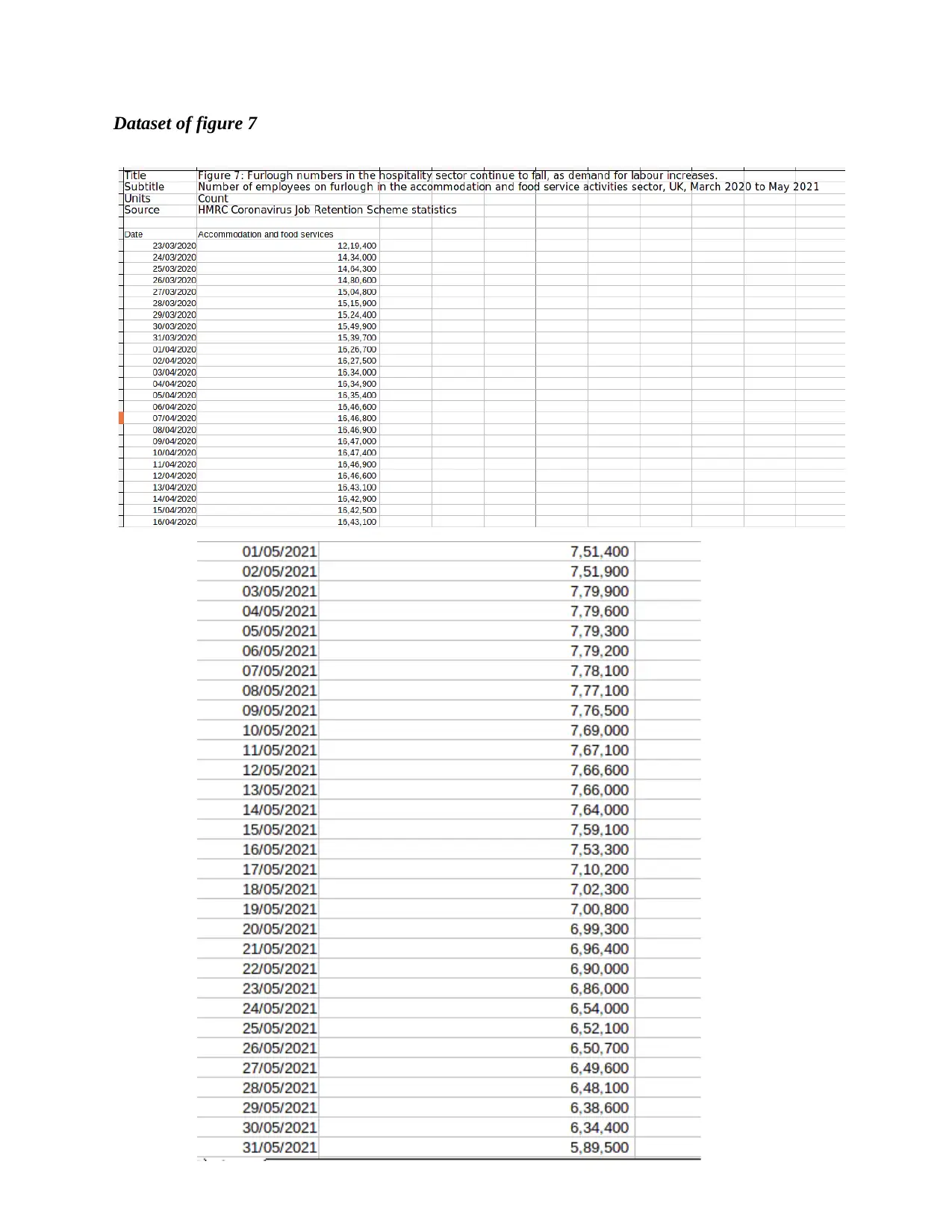
Dataset of figure 7
6
6
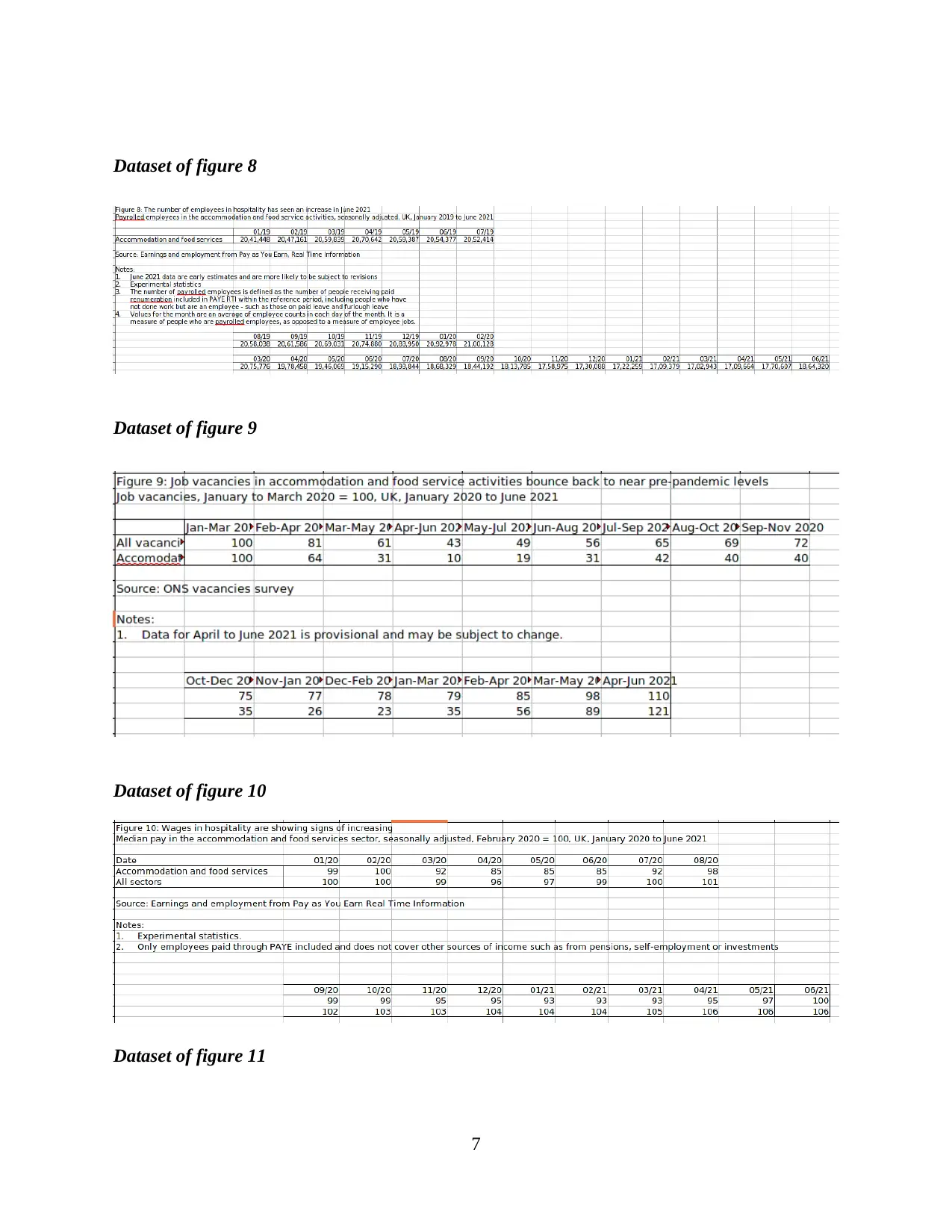
Dataset of figure 8
Dataset of figure 9
Dataset of figure 10
Dataset of figure 11
7
Dataset of figure 9
Dataset of figure 10
Dataset of figure 11
7
⊘ This is a preview!⊘
Do you want full access?
Subscribe today to unlock all pages.

Trusted by 1+ million students worldwide
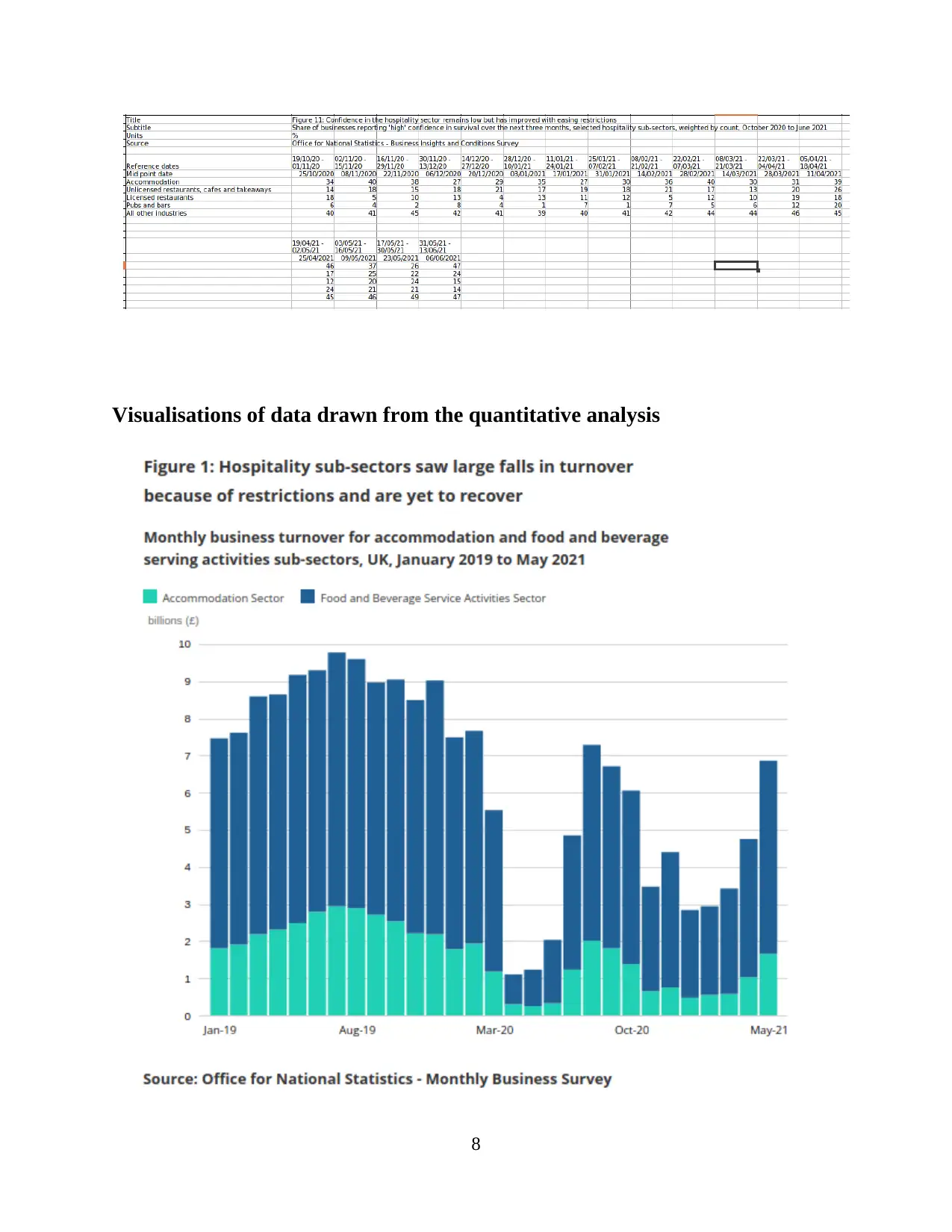
Visualisations of data drawn from the quantitative analysis
8
8
Paraphrase This Document
Need a fresh take? Get an instant paraphrase of this document with our AI Paraphraser
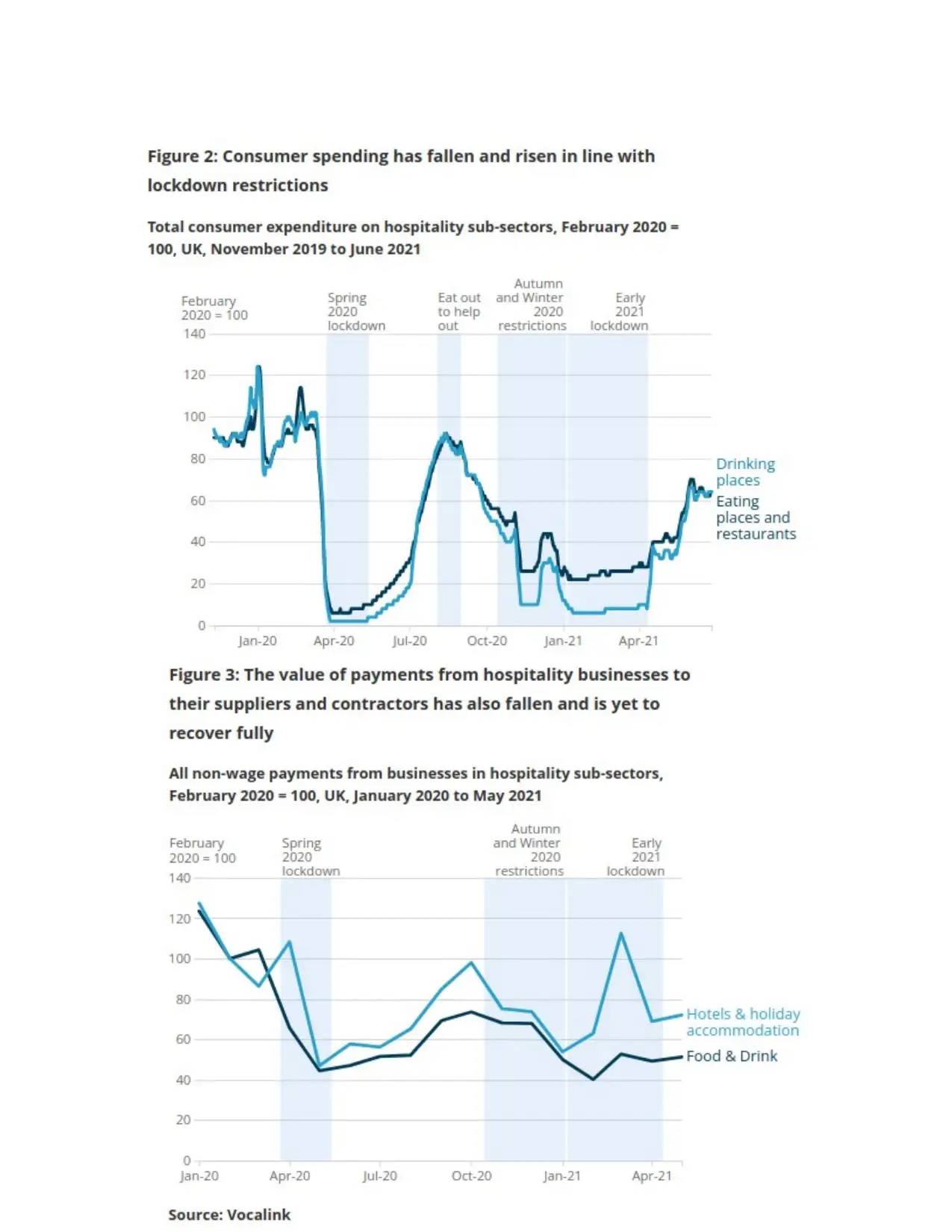
9
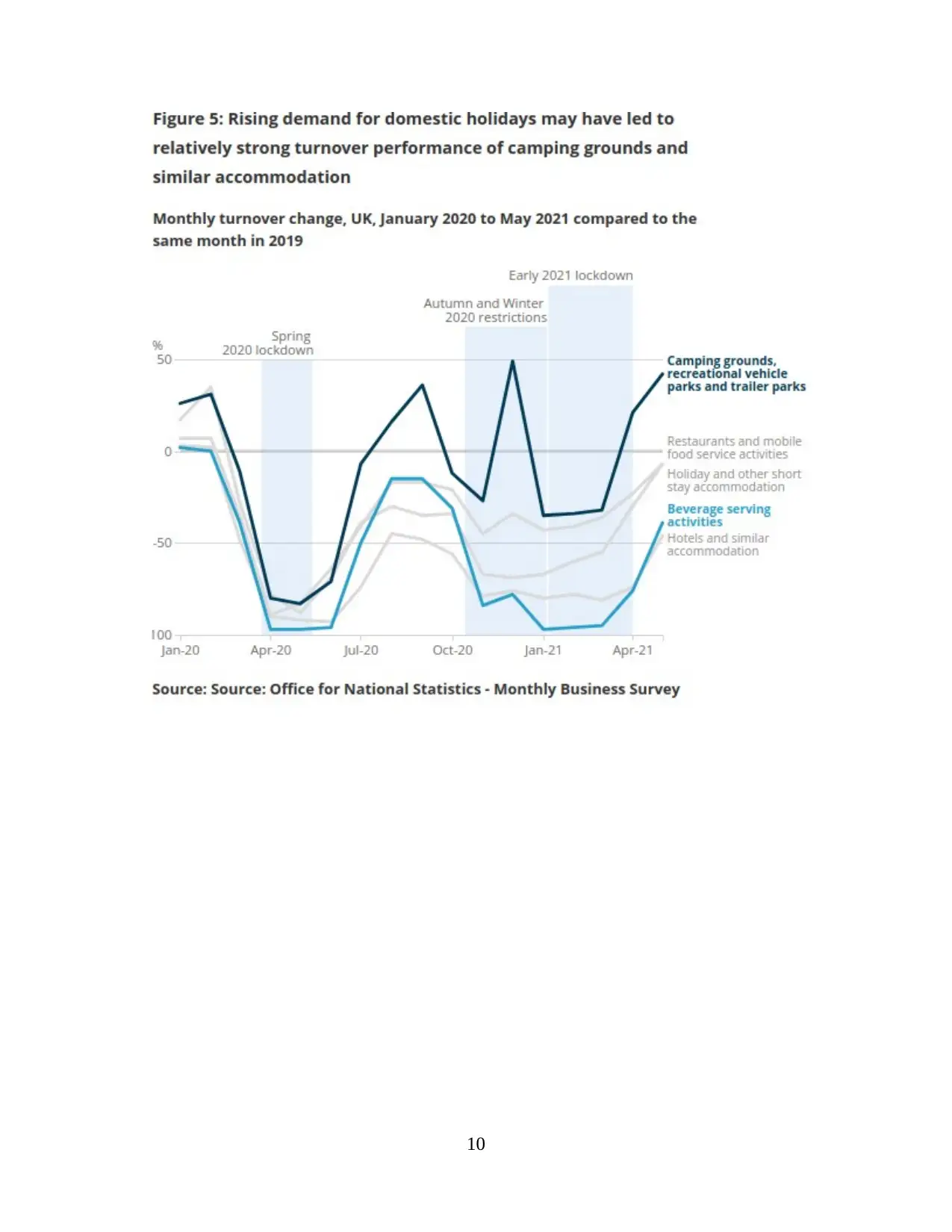
10
⊘ This is a preview!⊘
Do you want full access?
Subscribe today to unlock all pages.

Trusted by 1+ million students worldwide
1 out of 21
Related Documents
Your All-in-One AI-Powered Toolkit for Academic Success.
+13062052269
info@desklib.com
Available 24*7 on WhatsApp / Email
![[object Object]](/_next/static/media/star-bottom.7253800d.svg)
Unlock your academic potential
Copyright © 2020–2025 A2Z Services. All Rights Reserved. Developed and managed by ZUCOL.





